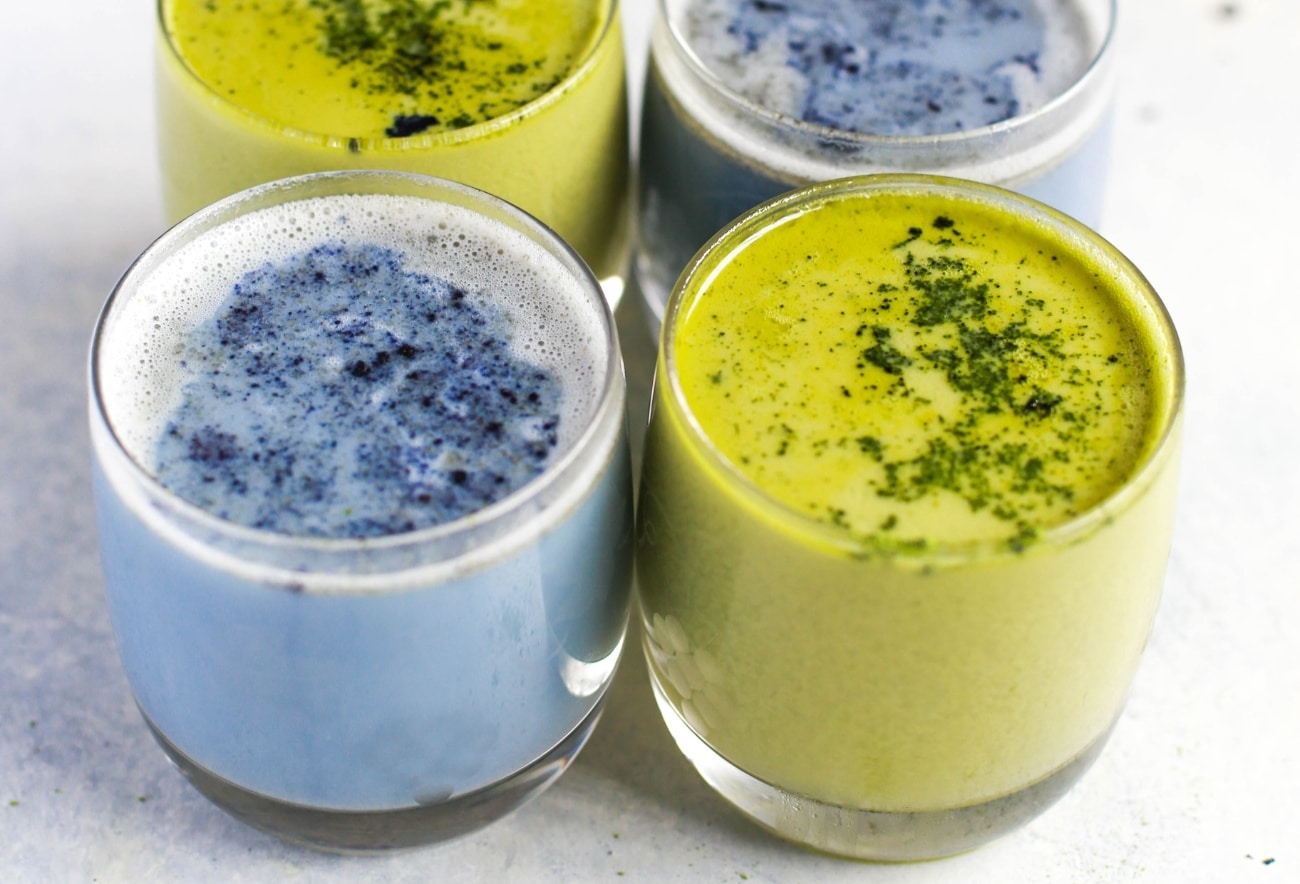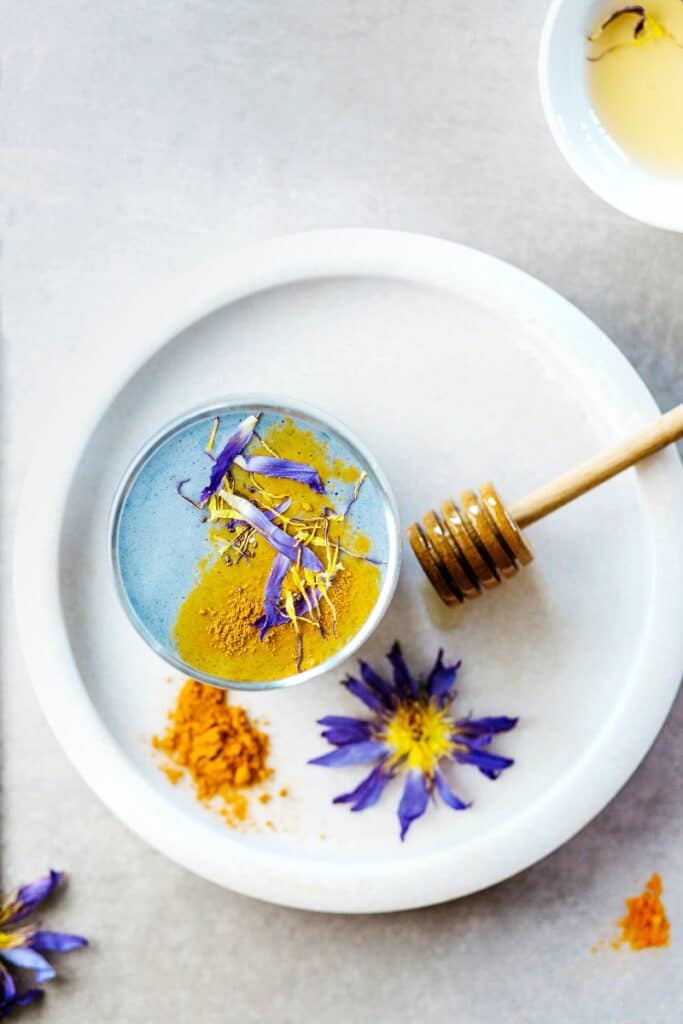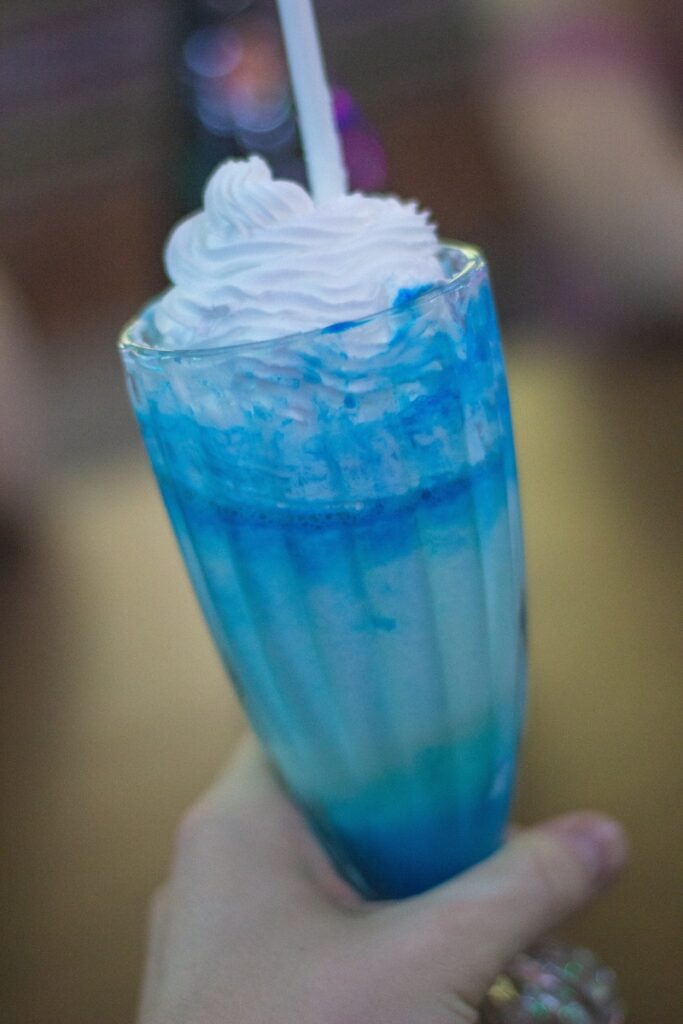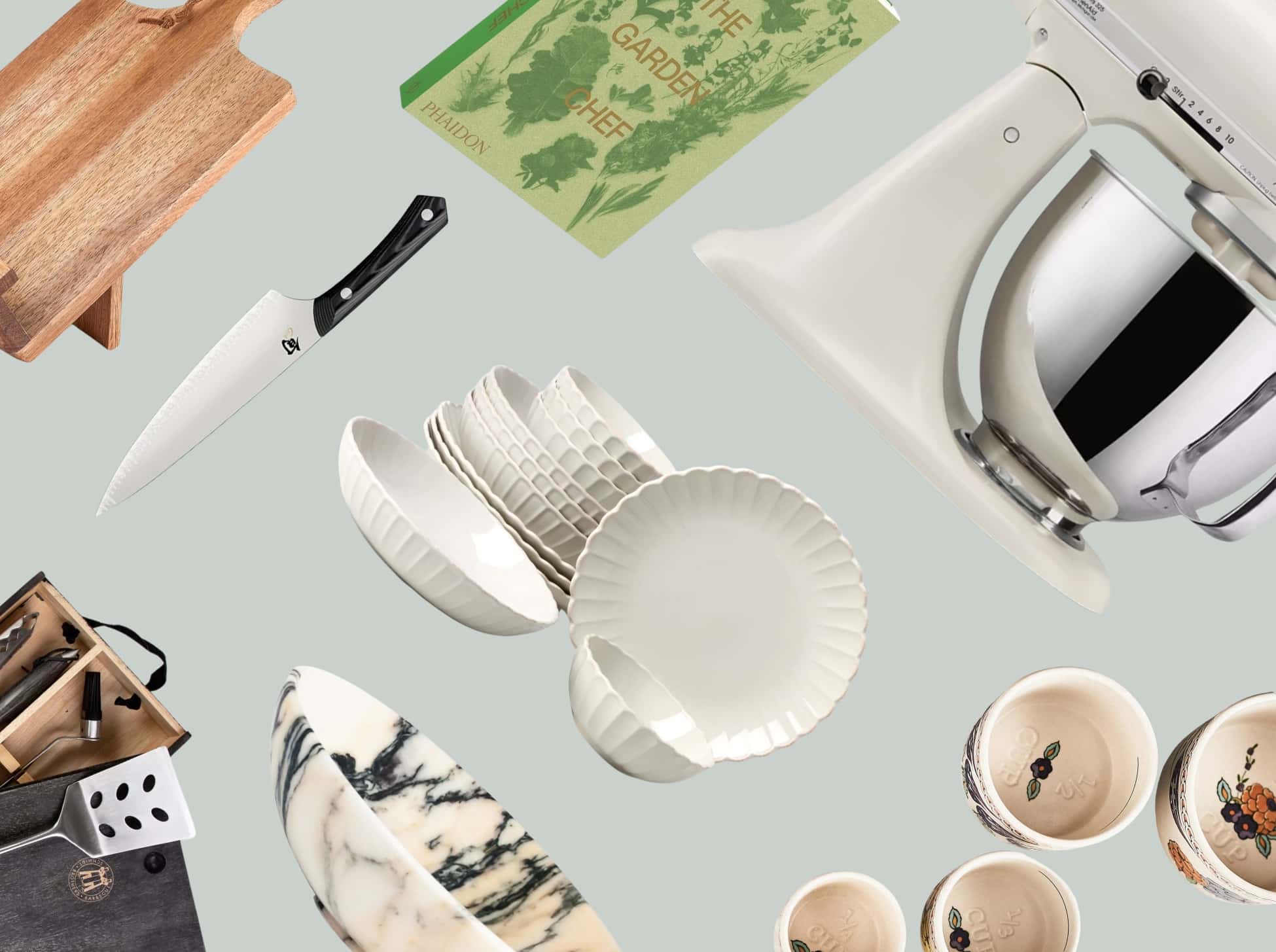
The Benefits of Blue Matcha: The Antioxidant-Packed Tea Taking Over Instagram
Discover the health benefits of blue matcha, a pretty blue Instagram-worthy ingredient that’s packed with powerful antioxidants.
Blue Matcha, also known as Butterfly Pea Flower Tea, has been gaining popularity in recent years due to its stunning blue color and potential health benefits. Unlike traditional green matcha, which is made from ground-up green tea leaves, blue matcha is made from the dried petals of the Butterfly Pea Flower, a plant native to Southeast Asia. These flowers have been consumed in Eastern health ceremonies for centuries as a wellness tonic.
The vibrant blue color of Blue Matcha comes from a natural pigment called anthocyanin, which is found in the petals of the Butterfly Pea Flower. Anthocyanins are a type of flavonoid, which are powerful antioxidants that may help protect against chronic diseases like cancer, heart disease, and diabetes.
Blue Matcha has also become popular for its Instagram-worthy appearance. The stunning blue color makes it a popular choice for creating colorful and aesthetically pleasing drinks and dishes. Some popular Blue Matcha creations include blue lattes, blue smoothie bowls, and even blue pancakes.
One of the most common ways to consume Blue Matcha is by purchasing a blue matcha powder for a tea or latte. You can also purchase the dried petals, and steep them in hot water, just like you would with traditional tea leaves. The resulting blue-hued tea has a slightly sweet, earthy flavor and can be enjoyed hot or cold.
Blue Matcha
Some potential health benefits include:
Improve cognitive function: The antioxidants found in Blue Matcha may help protect the brain from oxidative stress and inflammation, which can improve cognitive function and reduce the risk of cognitive decline and dementia.
Reduce inflammation: Inflammation is a key driver of many chronic diseases, including heart disease, cancer, and diabetes. The antioxidants in Blue Matcha may help reduce inflammation and protect against these diseases.
Improve gut health: The flavonoids in Blue Matcha have been shown to have prebiotic effects, meaning they can help feed the beneficial bacteria in the gut. This can improve gut health and reduce the risk of digestive issues.
Improve skin health: The antioxidants in Blue Matcha may help protect the skin from damage caused by UV radiation and environmental toxins. They may also help reduce inflammation and improve skin elasticity, which can reduce the appearance of wrinkles and fine lines.
Regulate blood sugar levels: The flavonoids in Blue Matcha may help regulate blood sugar levels and reduce the risk of type 2 diabetes. They may also improve insulin sensitivity and reduce the risk of insulin resistance.
Blue Matcha vs. Green Matcha
Green matcha is a traditional Japanese tea made from shade-grown tea leaves that are finely ground into a powder. The tea has a vibrant green color and a slightly bitter taste with a sweet aftertaste. Green matcha is high in antioxidants, amino acids, and caffeine and is known for its ability to boost energy levels and promote relaxation.
Blue matcha, on the other hand, is not actually made from tea leaves, but rather from a plant called butterfly pea flower. The plant is native to Southeast Asia and is known for its vibrant blue color. The flowers are dried and ground into a powder, which can be used to make a tea that has a blue-green color and a slightly floral taste.
While green matcha is known for its energizing properties, blue matcha tea is believed to have calming effects due to the presence of flavonoids, which have been shown to have anxiolytic properties. Blue matcha is also said to have a range of health benefits, including promoting healthy skin and reducing inflammation.
Blue Matcha Recipes
Blue matcha powder is a versatile ingredient that can be used to add color and flavor to a wide variety of recipes. Here are some ideas for blue matcha recipes:

1. Blue Matcha Latte:
Mix 1 teaspoon of blue matcha powder with hot milk and a sweetener of your choice (such as honey or agave nectar) for a soothing and colorful latte.
2. Blue Matcha Smoothie:
Blend together 1 cup of frozen blueberries, 1 banana, 1 cup of almond milk, and 1 teaspoon of blue matcha powder for a refreshing and antioxidant-packed smoothie.
3. Blue Matcha Magic Lemonade:
Combine 1 cup of lemon juice, 1/2 cup of honey, 4 cups of water, and 1 teaspoon of blue matcha powder for a sweet and tangy drink that’s perfect for a warm day. Watch the lemonade change color when you add the lemon juice.
4. Blue Matcha Chia Pudding:
Mix together 1/2 cup of chia seeds, 2 cups of almond milk, 1 teaspoon of blue matcha powder, and 1 tablespoon of honey. Let the mixture sit in the refrigerator for at least an hour or overnight to thicken into a delicious and colorful pudding.
5. Blue Matcha Overnight Oats:
Combine 1/2 cup of rolled oats, 1/2 cup of almond milk, 1 teaspoon of blue matcha powder, and 1 tablespoon of maple syrup in a jar and let it sit in the refrigerator overnight. In the morning, top with fresh fruit and nuts for a filling and nutritious breakfast.
6. Blue Matcha Ice Cream:
Mix together 2 cups of heavy cream, 1 cup of whole milk, 1 cup of sugar, and 1 teaspoon of blue matcha powder. Pour the mixture into an ice cream maker and churn according to the manufacturer’s instructions for a creamy and colorful treat.
7. Blue Matcha Pancakes:
Add 1 teaspoon of blue matcha powder to any pancake mix, and you’ll have beautiful blue pancakes to decorate with blueberries, whipped cream, and more.

These are just a few examples of the many ways you can incorporate blue matcha powder into your recipes. Experiment and have fun exploring new flavors and textures.
What to Keep in Mind
While Blue Matcha is generally safe for most people to consume, it is important to note that it may interact with certain medications, including blood thinners and diabetes medications. It is always a good idea to consult with a healthcare provider before adding any new supplements or foods to your diet, especially if you are taking medication or have a medical condition.
One thing to keep in mind when using Blue Matcha in recipes is that it can be sensitive to changes in pH levels. When combined with acidic ingredients like lemon juice or vinegar, the blue color can turn purple or pink. To maintain the vibrant blue color, it is best to use Blue Matcha in recipes that are neutral or slightly alkaline.
Blue Matcha is a beautiful and potentially healthful addition to any diet. Its natural blue color is sure to impress, while its potential health benefits make it a worthwhile addition to any wellness routine. Whether enjoyed as a hot cup of tea or used to create colorful drinks and dishes, Blue Matcha is definitely worth trying. Just be sure to consult with a healthcare provider before making any significant changes to your diet or supplement regimen.
Uncommon and Curated is proud to be an independent publication supported by its readers. You can help support our writers and editors, by shopping through the links in this article.





